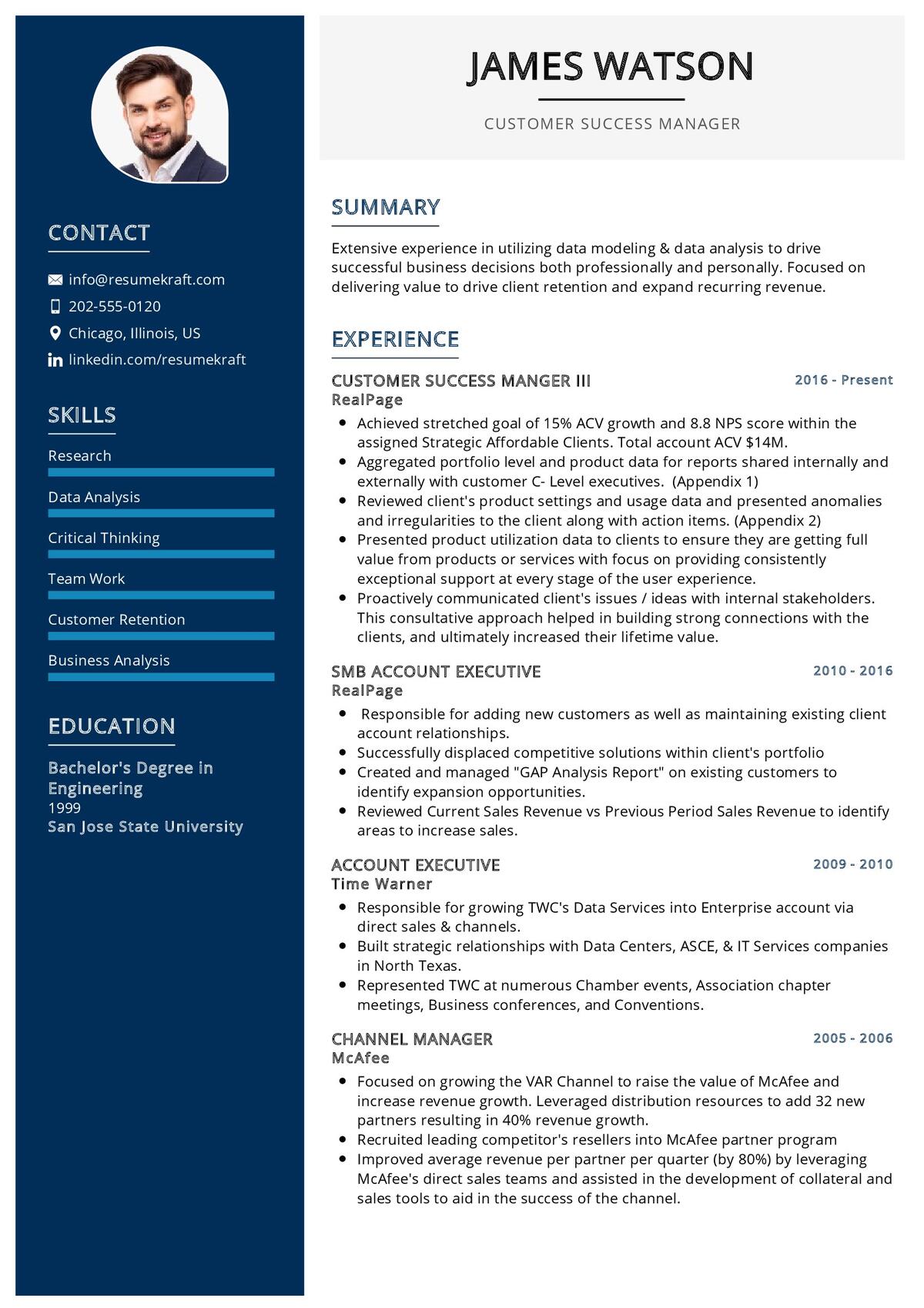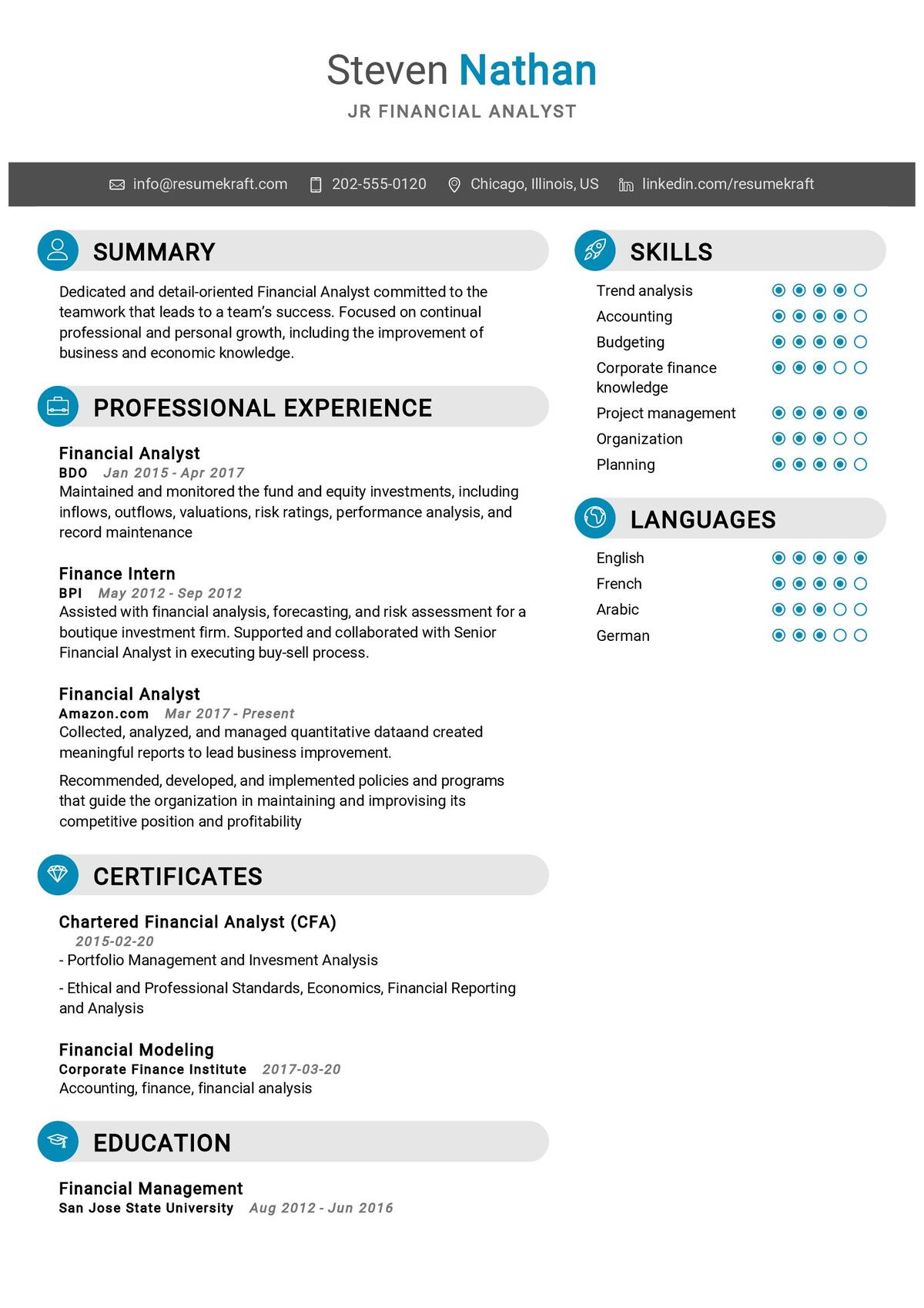
When you’re job hunting, potential employers will want to see a list of your previous job experiences. This is usually done in the form of a resume. A resume is a document that provides an overview of your professional and academic experiences. It usually includes your contact information, education, skills, and work experience.
Most employers expect to see a resume when they are considering candidates for a job. It’s important to know how to list your job experience on a resume so that employers can see your professional history and get an idea of your skills and experience.
- How to Highlight Your Relevant Job Experience?
- How to List Job Experience on a Resume:
- How to List Temp, Intern, and Volunteer Experience on a Resume
- How to Format Job Titles on a Resume
- The Dos and Don’ts of Listing Job Experience on a Resume
- How to List Promotions and In-House Training
- Frequently Asked Questions About Listing Job Experience on Resume
- Conclusion
How to Highlight Your Relevant Job Experience?
When writing a resume, it is important to include a section that highlights your relevant job experience. This can be done by listing your relevant experience in the “Work History” or “Experience” section of your resume. Be sure to include the name and contact information of your previous employers, as well as the dates of your employment. In addition, you should describe your duties and responsibilities in each role, and how your experience is relevant to the job you are applying for.
This section is important because it allows you to demonstrate to potential employers that you have the relevant experience and skills for the job you are applying for. If you have the necessary experience, be sure to highlight it in this section of your resume. If you do not have much relevant experience, you can still include this section on your resume. However, you will want to focus on highlighting your transferable skills, such as your ability to communicate effectively, your organizational skills, or your customer service skills. You can also highlight any relevant coursework or internships you have completed.
This is one of the most important sections of your resume because it is your opportunity to demonstrate to potential employers that you have the necessary skills and experience for the job you are applying for. Be sure to tailor this section to each individual job you apply for, and highlight your most relevant experience.
How to List Job Experience on a Resume:
In order to list job experience on a resume, one must first understand how to format their resume correctly.
The following is a step-by-step guide on how to format a resume so that job experience can be listed:
- Choose a Resume Format: There are three common resume formats that job seekers can use. They are: chronological, functional, and hybrid.
- List Contact Information: Include your full name, address, phone number, and email address at the top of your resume.
- Create a Resume Header: This should be a brief summary of your professional qualifications and highlights.
- List Your Work History: Start with your most recent job and work your way backwards. Include the job title, company name, dates of employment, and a bullet point list of your duties and responsibilities.
- List Your Education: Include the name of the school, the type of degree earned, and the date of graduation.
- List Any Relevant Skills: Include any skills that are relevant to the job you are applying for.
- List Any Other Relevant Information: This could include professional memberships, awards, or publications.
- Proofread Your Resume: Be sure to proofread your resume before sending it off to potential employers. When listing job experience on a resume, it is important to remember to format the resume correctly, include all relevant information, and proofread the resume before sending it off.
Following these steps will help ensure that your resume stands out and that you are able to get the job you want.
How to List Temp, Intern, and Volunteer Experience on a Resume
If you have temporary, intern, or volunteer experience that is relevant to the job you are applying for, it is important to include this experience on your resume.

Here are some tips on how to list this type of experience:
- Start with your most recent experience and work your way backwards.
- Be sure to include the dates of your temporary, intern, or volunteer experiences.
- Describe your roles and responsibilities in each position.
- Highlight the skills you acquired or strengthened while in each role.
- Use action verbs to describe your accomplishments.
- If you have a lot of temporary, intern, or volunteer experience, you may want to create a separate section on your resume for this type of experience.
By including your temporary, intern, or volunteer experience on your resume, you are showing employers that you have relevant skills and experience for the job you are applying for.
Be sure to tailor your resume to each job you are applying for, highlighting the experiences and skills that are most relevant to the position.
How to Format Job Titles on a Resume
If you’re applying for a job, it’s important to make sure your job title is formatted correctly on your resume.
Here are some tips on how to format job titles on a resume:
- Make sure the job title is listed prominently and correctly.
- If the job title is long, abbreviate it.
- If you’re unsure of the job title, research it or ask someone in the company.
- Be consistent with the job title format throughout your resume.
- If you’ve held multiple positions at the same company, list them all.
- Make sure the job title is relevant to the position you’re applying for.
- Tailor the job title to the job you’re applying for.
- Don’t use jargon or abbreviations that might not be understood by the reader.
- Use action words to describe your responsibilities in the job title.
- Keep it simple and direct.
The Dos and Don’ts of Listing Job Experience on a Resume
When you’re listing job experience on your resume, there are a few things to keep in mind. First, chronological order is important. List your experience in reverse chronological order, with your most recent experience first. This ensures that the employer can see your most relevant experience first. Second, be sure to include the name and location of each employer, your job title, and the dates you worked there.
This information is important for the employer to have so they can understand your work history. Finally, don’t forget to list your responsibilities and accomplishments for each role. This is your chance to sell yourself to the employer and show them what you’re capable of. Be sure to include specifics so the employer can see the value you brought to the role.

How to List Promotions and In-House Training
If you’ve been promoted or received in-house training at your current job, be sure to include this information on your resume. Listing promotions and training shows that you are a dedicated employee who is willing to further their education and grow within their career. To list promotions, start with your current job title and then list the previous positions you’ve held at the company in chronological order. For in-house training, simply list the courses you’ve taken and the topics covered. If you’ve received any external training, such as Dale Carnegie or other professional development courses, be sure to list the dates and locations of the training. Promotions and training show that you are a dedicated employee who is willing to invest in their education and grow within their career.
This information will give hiring managers a better understanding of your work ethic and commitment to professional development, both of which are important qualities in any employee. When listing promotions, start with your current job title and then list the previous positions you’ve held at the company in chronological order.
For in-house training, simply list the courses you’ve taken and the topics covered. If you’ve received any external training, such as Dale Carnegie or other professional development courses, be sure to list the dates and locations of the training. This information will give hiring managers a better understanding of your work ethic and commitment to professional development, both of which are important qualities in any employee.
Planning to Write a Resume?
Check our job winning resume samples


Frequently Asked Questions About Listing Job Experience on Resume
When it comes to resume writing, one of the most common questions is how to list job experience. This is especially true for those who are changing careers or have been out of the workforce for a period of time.
There are a few different ways to approach this, and the best approach will vary depending on your individual situation. If you have a lot of relevant job experience, you may want to list it all in chronological order. This is the most straightforward approach and will be easy for potential employers to understand. However, if you have gaps in your employment history, this approach may not be the best.
Another option is to list your experience in reverse chronological order. This means starting with your most recent job and working backwards. This can be a good option if you have gaps in your employment history, as it will put your most recent experience first. If you are changing careers, you may want to highlight your transferable skills. In this case, you would want to focus on the skills that are relevant to the new career you are pursuing. You can list these skills in chronological order or in reverse chronological order, depending on which will showcase your skills in the best light.
No matter which approach you take, be sure to list your experience in a way that is clear and easy to understand. Your goal is to make it as easy as possible for potential employers to see why you are a good fit for the job.
The most important thing is to make sure that your experience is relevant to the job that you are applying for. If you have a lot of experience, you may want to consider using a chronological format. This will allow potential employers to see your entire work history at a glance. If you have less experience, or if you are changing careers, you may want to consider using a functional format. This will allow you to highlight your skills and accomplishments, rather than your work history. Whichever format you choose, make sure that your experience is relevant to the job that you are applying for.
If you’re wondering what order you should list your job experience on your resume, you’re not alone. Many people are unsure of the best way to organize their resume, but there are a few general guidelines you can follow.
First, list your most recent job experience first. This is the most important information for potential employers, so you want to make sure it’s easy for them to find. If you have more than 10 years of work experience, you can list your jobs in reverse chronological order, starting with your most recent job.
However, if you have less than 10 years of experience, you should list your jobs in chronological order, starting with your earliest job. Whichever approach you take, make sure you’re consistent throughout your resume. Listing your job experience in an organized and easy-to-read way will help you stand out to potential employers and give you a better chance of getting the job you want.
The amount of job experience you should list on your resume depends on a number of factors, including your level of experience, the relevancy of your experience, and the needs of the employer. If you have a wealth of experience in the field you’re applying for, you’ll want to list as much of it as possible.
However, if you’re a recent graduate or have little relevant experience, you may want to focus on other aspects of your resume, such as your education or skills. The needs of the employer should also be taken into consideration. If the job posting asks for a certain amount of experience, be sure to list at least that much.
If the employer is looking for specific skills or knowledge, be sure to highlight your experience in those areas. In the end, there is no “right” answer to the question of how much job experience to list on your resume. The best course of action is to tailor your resume to each individual job you apply for, highlighting the experience and skills that are most relevant to the position.
If you have gaps in your job experience, don’t worry! There are plenty of ways to overcome this issue when writing your resume. First, take a close look at your employment history and identify any patterns or trends. This will help you to explain any gaps in your work history in a positive light. For example, if you took a year off to raise your children, you can highlight your experience in parenting and childcare.
Next, focus on your skills and accomplishments rather than your employment history. This will help to show that you are a well-rounded individual with a lot to offer. Finally, be honest about any gaps in your employment history. If you are asked about them in an interview, be sure to have a positive and honest explanation ready. By following these tips, you can overcome any employment gaps on your resume and land the job you want!
If you’re wondering how to write a resume with no job experience, you’re in the right place. It happens to a lot of people. You spend all of your time studying or working at an internship, and before you know it, you’re out of school and looking for your first real job. The good news is that there are plenty of ways to write a resume that will help you get hired for your first job, even if you don’t have any job experience.
Here are a few tips on how to write a resume with no job experience:
1. Start with a compelling resume summary or objective.
2. Use any relevant coursework, volunteer work, or internships as experience.
3. Focus on your skills and accomplishments.
4. Use a reverse-chronological format.
5. Use actionable language.
6. Keep it short and sweet.
7. Proofread carefully.
8. Use a professional resume template.
Following these tips will help you write a resume that will get you hired, even if you don’t have any job experience.
Conclusion
In conclusion, follow these steps when listing job experience on your resume:
- Start with your most recent position and work your way backwards.
- Include the name of the company, your job title, and the dates you worked there.
- Describe your duties and accomplishments in each role.
- Use action verbs and quantifiable metrics to make your experience sound impressive.
- Tailor your resume to each job you apply for by including the most relevant experience.
By following these steps, you can be sure that your job experience will help, not hurt, your chances of landing the job you want.
Recommended Reading:

